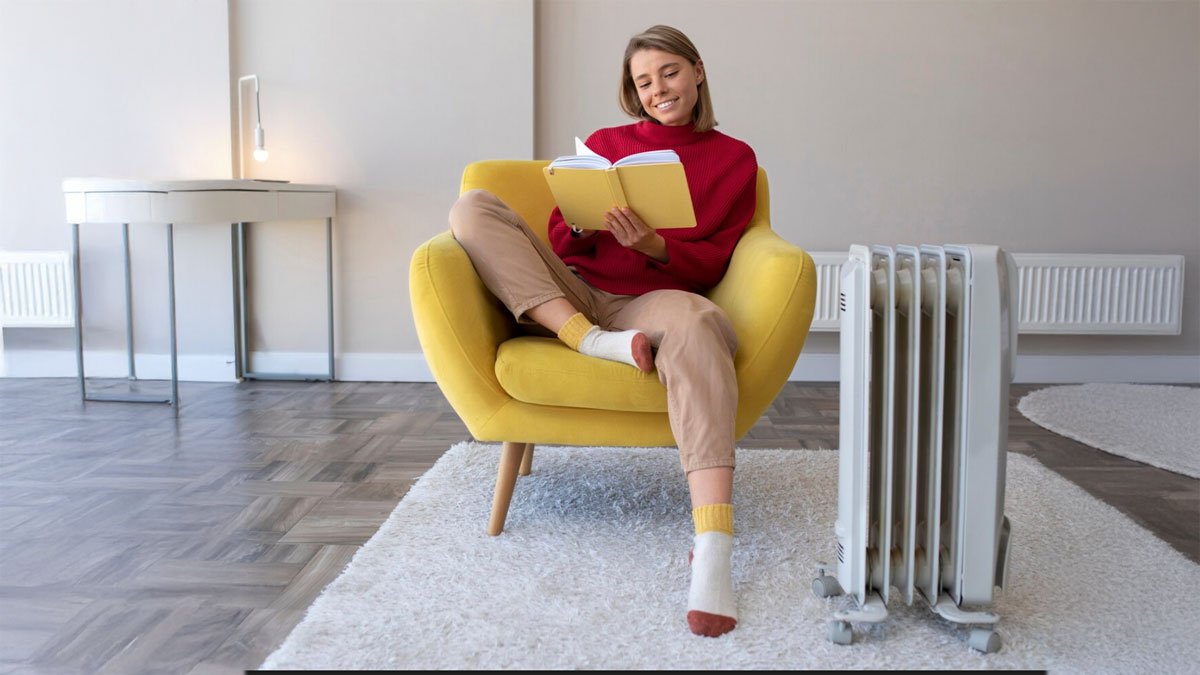Common heating mistakes that cost you money and waste energy

It’s slowly getting cold, and we can no longer avoid turning up the heat. However, heating requires energy and costs money—to save money, you should avoid these typical mistakes.
According to the Federal Environment Agency, heating accounts for over two-thirds (!) of household energy consumption. Heating incorrectly wastes a lot of energy and money unnecessarily. Since most German households still heat with gas or oil, this also hurts the climate. So you always have a nice warm room to enjoy the 20bet Asia casino.
These are particularly common heating mistakes:
1. Covering radiators
Desks, curtains, or couches—when furniture, textiles, or other objects stand in front of or cover the heater, heat accumulates. The room remains cool because the warm air cannot be distributed evenly. Radiators should therefore always be free-standing. Even smaller objects in front of the heater have an effect.
2. Misinterpreting the thermostat
The numbers on the heating thermostat indicate how warm the room will be – and at the same time provide information on how to save energy. However, many people misinterpret the numbers.
Heating thermostat
A radiator does not heat up faster just because you turn it up all the way.
This is what the numbers mean:
* (asterisk): approx. 5°C, frost protection
Level 1: approx. 12°C
Level 2: approx. 16°C
Level 3: approx. 20°C
Level 4: approx. 24°C
Level 5: approx. 28°C
To warm up their homes faster, many people turn their radiators up to level 5. But this doesn’t work: a radiator doesn’t heat up faster just because you turn it up all the way. The level only affects the maximum room temperature a radiator will heat to.
3. Incorrect ventilation
Proper ventilation: Tips for preventing mold
In winter, it is better to ventilate intermittently. In winter, indoor humidity can become too high – proper ventilation helps to combat this. However, you should never leave windows tilted open permanently: Tilted windows provide hardly any air exchange, but cool down the walls near the windows. The heating then has to work even harder to maintain the room temperature, and the risk of mold forming on the cool walls increases.
Tip: If you are unsure whether you already have a mold problem, a test kit can help. Such kits are available online, for example, from Ivario.
It is better to ventilate regularly: open the windows completely several times a day for several minutes. It is particularly important to ventilate the bedroom first thing in the morning. Humidity in the room rises significantly overnight.
4. Poorly insulated windows and doors
Old, poorly insulated windows can be thermal bridges.
Poorly insulated windows allow heat to escape. Heating a lot helps little if the heat does not stay in the apartment or heated room. This happens when windows and doors are warped or the seals are porous and therefore leaky. Some of the warm air then escapes into other rooms or outside.
Check the seals on windows and door frames. If you discover gaps or leaks, you can fill them with foam or rubber sealing tape (also known as profile sealing tape) – available for little money at DIY stores. Tenants can also use draught excluders to cover up leaks and save heating energy.
However, you should also report any leaky windows and doors to your landlord. It can also be worth closing blinds, shutters, or curtains, especially at night, to reduce heat loss.
5. Incorrect room temperature
Not all rooms need to be the same temperature. Too high temperatures waste energy, too low temperatures increase the risk of mold. Experts recommend the following optimal room temperatures for different rooms:
- Bedroom: approx. 17°C (level 2–2.5)
- Bathroom: approx. 22°C (level 3.5)
- Kitchen: approx. 18°C (level 2.5)
- Living room: approx. 20°C (level 3)
As a general rule, the room temperature should not fall below around 16 degrees to prevent mold growth.
If you are away for a long period of time or never use certain rooms, you should still set the thermostat to the asterisk. This means that the heating will only run when the temperature falls below 5°C. This protects the heating system from frost.
Aside from being a businessman, Josh Austria has been working in PR and media industry for more more than a decade. From his years of experience as the Marketing and Advertising Head of Village Pipol Magazine, he has built strong relationships with creative people, brands, and organizations.





